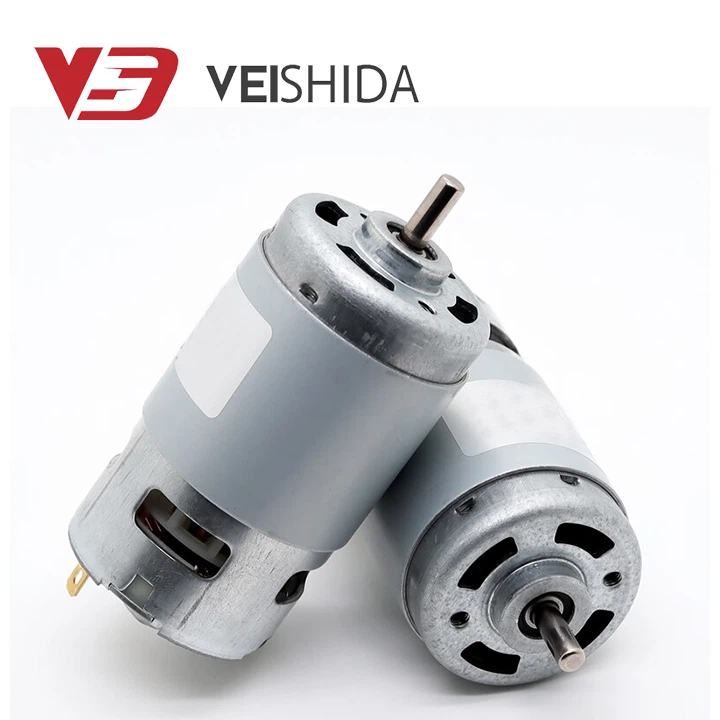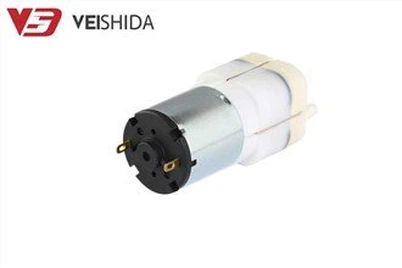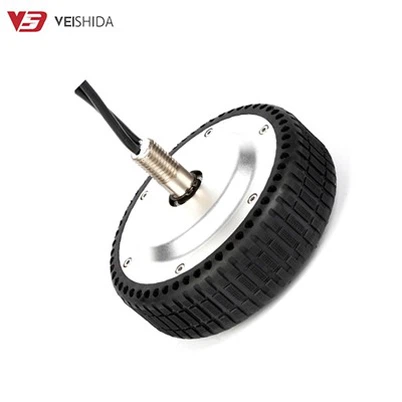How does the dc motor adjust the speed?
Leave a message
DC motor has the characteristics of low speed and large torque, which cannot be replaced by AC motor. Therefore, the DC motor speed control equipment has a wide range of applications. DC motors are divided into two types: commutator and no commutator. So how do you adjust its speed?
Potenometer speed control method is one of the most common DC motor speed control methods. It uses a potentiometer to change the current of the motor, changing the speed of the motor. The speed of the motor is adjusted by rotating the potentiometer knob. The potentiometer speed regulation method can be used for single-speed DC motor and multi-speed DC motor regulation. The pulse width modulation speed regulation method uses pulse width modulation technology to adjust the motor speed by changing the duty cycle of the motor operation. A controller can produce a periodic pulse signal and adjust the speed of the motor by changing the pulse width. This is a method of high precision, high reliability, low noise and low energy consumption. Code disk feedback speed regulation method uses devices such as code disk to feedback the speed of the motor, so as to achieve accurate speed regulation control. The motor usually comes with a rotating code, which detects the position and speed of the motor. The information of the code disk is sent back to the controller, which uses it to adjust the output of the motor driver to control the rotation speed of the motor. The magnetic field excitation speed regulation method uses the magnetic field of the motor to control the speed of the motor. By changing the current size of the motor excitation, the torque and rotation speed of the motor can be changed. This is a very simple, easy to implement speed regulation method, but its control accuracy is relatively low. In the late 1930s, the development of the motor system made the DC motor with excellent speed regulation function widely used. This control method can obtain wide speed range, small speed ratio and smooth speed control function. However, the main disadvantages of this method are the large system weight, large footprint, low power consumption, and difficult maintenance.
In recent years, with the rapid development of power electronics technology, the DC motor speed regulation system of thyristor converter has replaced FA motor speed regulation system, and its speed regulation function has far exceeded FA motor speed regulation system. Especially with the rapid development of large-scale integrated circuit technology and computer technology, the accuracy, dynamic function and reliability of the DC motor speed control system have been greatly improved. The development of high-power equipment such as IGBT in power electronics technology is replacing the thyristor, presenting a better functional DC speed regulation system.
The calculation formula of DC motor speed is as follows: n= (U-IR) / K φ, where U is the armature end voltage, I is the armature current, r is the total resistance of the armature circuit, φ is the magnetic flux per pole, and k is the structural parameter of the motor. DC motor has three speed regulation methods: reduce the armature voltage, speed to below the base speed, with the armature circuit series resistance speed, weaken the magnetic field, speed to above the base speed.
When the armature voltage decreases due to the speed adjustment, the armature circuit must have an adjustable DC power supply. The resistance of the armature and excitation circuits is as small as possible. When the voltage decreases, the speed decreases. The artificial feature hardness is constant, the running speed is stable, and the stepless speed regulation is possible.
The armature circuit is controlled by the series resistance. The larger the series resistance is, the weaker the mechanical characteristics are, and the more unstable the rotation speed is. At low speeds, the series resistance is very high, and the more power that is lost, the lower the power. The speed regulation range is affected by the load, with large load and small light load.
Weak magnetic speed regulation, the general DC motor, in order to prevent the magnetic circuit oversaturation can only be weak magnetic but not strong magnetic. The armature voltage is maintained at the rated value, the series resistance of the armature circuit is reduced to the minimum, the excitation current and magnetic flux are reduced by increasing the excitation circuit resistance Rf, so that the motor speed increases and the mechanical characteristics are soft. When the speed rises, if the load torque is still rated, the motor power will exceed the rated power and the motor will overload the operation, which is not allowed. Therefore, when the weak magnetic speed is adjusted, the load torque will decrease correspondingly with the increasing motor speed, which is a constant power speed regulation. In order to prevent the motor rotor winding from being removed and damaged due to excessive centrifugal force, the motor speed should not exceed the allowable limit when using the weak magnetic field.
In the DC motor speed regulation system, the stable DC voltage is first selected to power the motor, and the speed regulation is completed by changing the resistance in the armature circuit. The method is simple, easy to manufacture, and inexpensive. But the disadvantage is the low power, soft mechanical characteristics, can not obtain a wide and smooth speed regulation function. This method is only suitable for low power and low speed regulation range.
The above is our VSD motor to share with you about the micro DC motor expertise. For more information, please contact our professional customer service personnel to answer. Thank you for clicking and watching.








